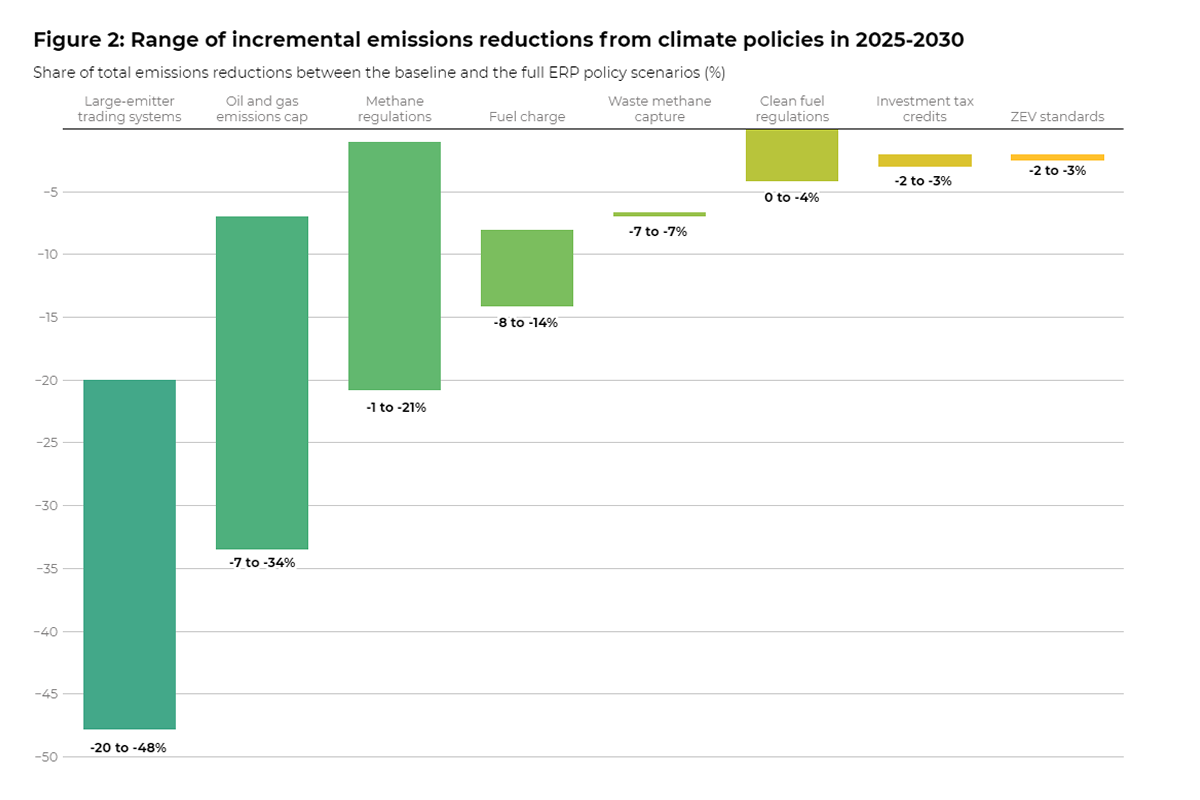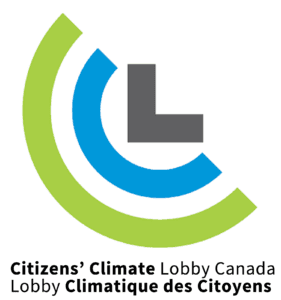In a nutshell: Navius Research Modeling published in March 2024 shows which climate policies enacted by Canada have the biggest impact. Of the 226 Mt of avoided emissions from current policies, analysis estimates that federal, provincial, and territorial carbon pricing systems play a leading role.
Navius Research modeling published in March 2024 found that by 2030 all existing climate policies in Canada combined prevent 226 Mt GHG pollution from entering the atmosphere which roughly total annual GHGs for Ontario and Quebec which are Canada’s largest and second largest populations by the numbers of people. Canada has committed to cut its greenhouse gas emissions to a maximum of 440 Mt in 2030—40 per cent below 2005 levels. We are currently 109 Mt short of that goal.
Canada has three direct (extrinsic) carbon pricing policies. Note that subsidies and regulations are also carbon taxes too because they cut carbon and the taxpayer has to foot the bill. Because all the climate policies interact with each other, there is inherent variability of the actual emissions reductions.
Navius’ March 2024 independent assessment of the federal government’s 2030 Emissions Reduction Plan Progress Report also looked at what would happen if Canada hadn’t implemented any emissions-reducing policies. In this “no climate policy” scenario, emissions would be higher today and rising steadily—reaching 765 megatonnes (Mt) in 2025 and 775 Mt in 2030, or 23 and 41 per cent higher than projected emissions under our legislated policy scenario, respectively.
In addition, every tonne of emissions reduced lowers long-term climate impacts and damages. The impacts of climate change are driving up the cost of living for Canadians and are a drag on the Canadian economy.
Here are the reductions in percentages and Mt as modeled by Navius for Canada’s three carbon pricing policies are:
- The Fuel Charge: -8% to -14% = -18.08 to -31.64 Mt
- Output-based Pricing System: -20% to -40% = -45.2 to -90.4 Mt
- Oil and gas emissions cap: -7% to 34% = -15.82 to -76.84 Mt
++++
Background
- The Fuel Charge: This is the Climate Income component of the Greenhouse Gas Pollution Pricing Act for consumer-based consumption. This is the policy we have been lobbying for since 2010.
- Output-based Pricing System: This is the policy for heavy emitters in the Greenhouse Gas Pollution Pricing Act (Large Emitter Trading Systems). It has many loopholes for the oil and gas industry, so the government had to enact a cap in that industry. CCL Canada, alongside many NGOs has commented extensively on the proposed legislation.
- Oil and gas emissions cap: Canada is the first major oil producing country to announce plans to put a cap on emissions in the oil and gas sector. It is a cap, trade and offsets system. CCL Canada, alongside many NGOs has been lobbying for this policy and also commented extensively on the proposed legislation too.
Resources
- Greenhouse Gas Pollution Pricing Act
https://laws-lois.justice.gc.ca/eng/acts/G-11.55/index.html - 440 Megatonnes Insight | Which Canadian climate policies will have the biggest impact by 2030?
https://440megatonnes.ca/insight/industrial-carbon-pricing-systems-driver-emissions-reductions/ - WHICH CANADIAN CLIMATE POLICIES WILL HAVE THE BIGGEST IMPACT BY 2030? (Navius 2024)
Navius Research pdf - Interactive tool | 440 Megatonnes Emissions Pathway Tracker
https://dashboard.440megatonnes.ca/ - 2023 | Independent Assessment of Canada’s 2023 Emissions Reduction Plan Assessment Report
https://climateinstitute.ca/wp-content/uploads/2023/12/ERP-assessment-2023-EN-FINAL.pdf - Reducing the costs of climate impacts in Canada
https://climateinstitute.ca/reports/damage-control/













